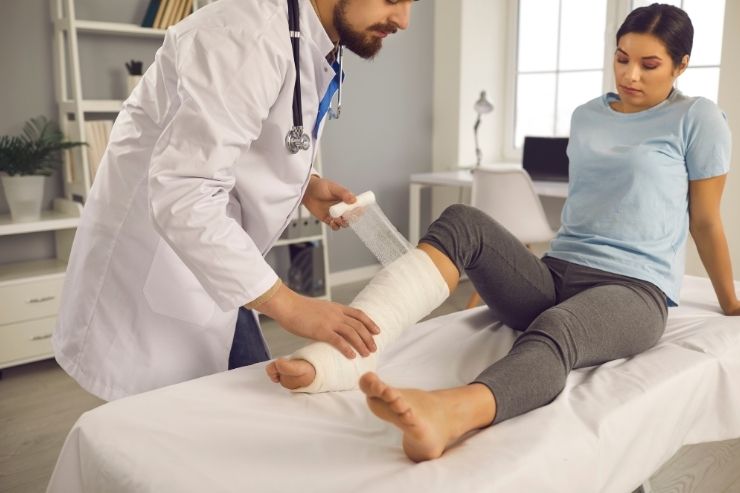
A fracture, commonly known as a bone break, occurs when there is a disruption in the continuity of a bone. Fractures can happen to anyone, at any age, and are usually the result of trauma, such as a fall, accident, or sports injury. Understanding the basics of fractures can help you recognize the signs and know when to seek medical attention.
Types of Fractures
Fractures can vary widely depending on the force and the bone involved. Some common types include:
Symptoms of a Fracture
The symptoms of a fracture can vary depending on the severity, but common signs include:
Treatment and Recovery
Treatment for a fracture depends on its type and location but generally involves: